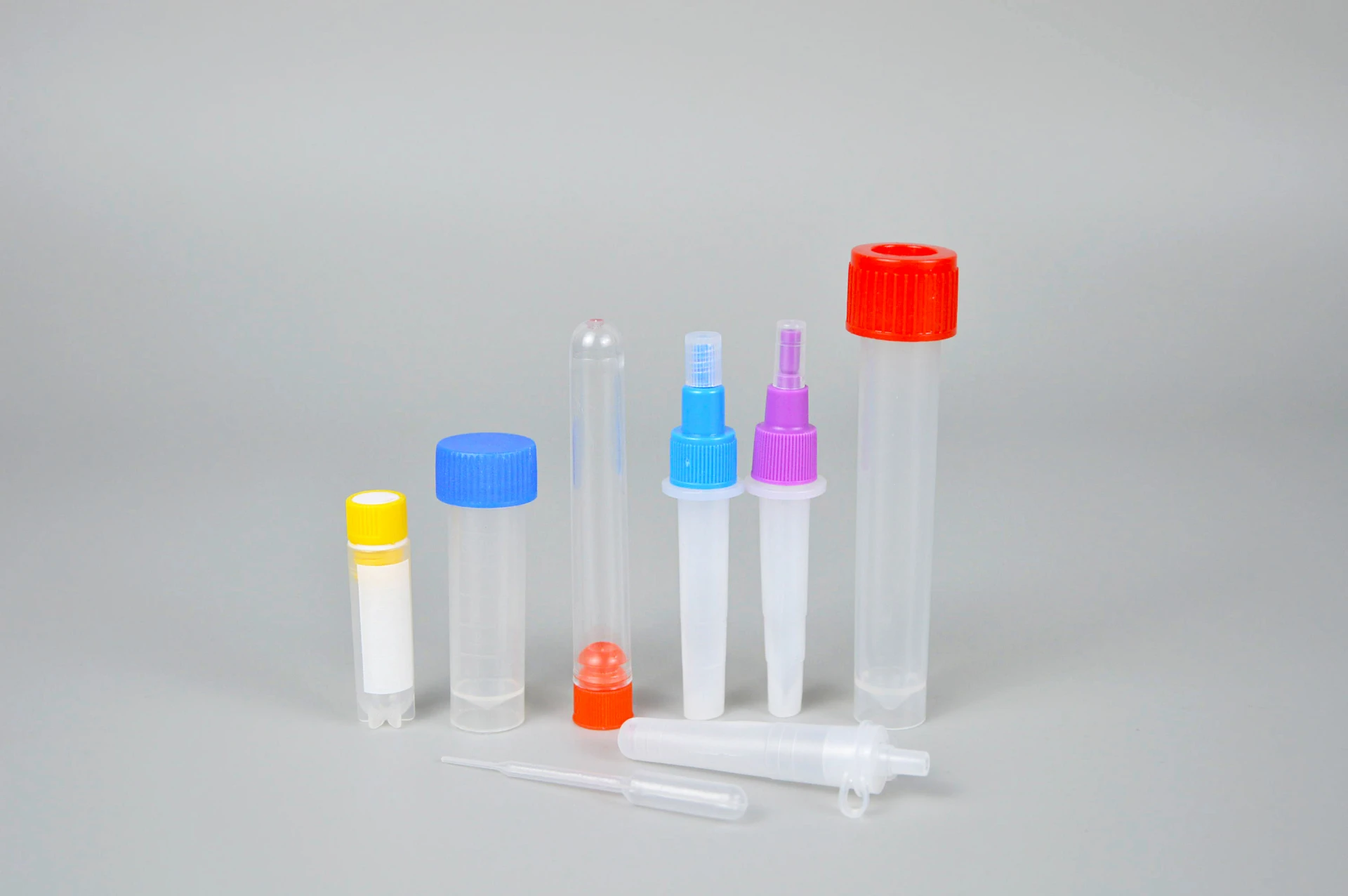
-
 Afrikaans
Afrikaans -
 Albanian
Albanian -
 Amharic
Amharic -
 Arabic
Arabic -
 Armenian
Armenian -
 Azerbaijani
Azerbaijani -
 Basque
Basque -
 Belarusian
Belarusian -
 Bengali
Bengali -
 Bosnian
Bosnian -
 Bulgarian
Bulgarian -
 Catalan
Catalan -
 Cebuano
Cebuano -
 Corsican
Corsican -
 Croatian
Croatian -
 Czech
Czech -
 Danish
Danish -
 Dutch
Dutch -
 English
English -
 Esperanto
Esperanto -
 Estonian
Estonian -
 Finnish
Finnish -
 French
French -
 Frisian
Frisian -
 Galician
Galician -
 Georgian
Georgian -
 German
German -
 Greek
Greek -
 Gujarati
Gujarati -
 Haitian Creole
Haitian Creole -
 hausa
hausa -
 hawaiian
hawaiian -
 Hebrew
Hebrew -
 Hindi
Hindi -
 Miao
Miao -
 Hungarian
Hungarian -
 Icelandic
Icelandic -
 igbo
igbo -
 Indonesian
Indonesian -
 irish
irish -
 Italian
Italian -
 Japanese
Japanese -
 Javanese
Javanese -
 Kannada
Kannada -
 kazakh
kazakh -
 Khmer
Khmer -
 Rwandese
Rwandese -
 Korean
Korean -
 Kurdish
Kurdish -
 Kyrgyz
Kyrgyz -
 Lao
Lao -
 Latin
Latin -
 Latvian
Latvian -
 Lithuanian
Lithuanian -
 Luxembourgish
Luxembourgish -
 Macedonian
Macedonian -
 Malgashi
Malgashi -
 Malay
Malay -
 Malayalam
Malayalam -
 Maltese
Maltese -
 Maori
Maori -
 Marathi
Marathi -
 Mongolian
Mongolian -
 Myanmar
Myanmar -
 Nepali
Nepali -
 Norwegian
Norwegian -
 Norwegian
Norwegian -
 Occitan
Occitan -
 Pashto
Pashto -
 Persian
Persian -
 Polish
Polish -
 Portuguese
Portuguese -
 Punjabi
Punjabi -
 Romanian
Romanian -
 Russian
Russian -
 Samoan
Samoan -
 Scottish Gaelic
Scottish Gaelic -
 Serbian
Serbian -
 Sesotho
Sesotho -
 Shona
Shona -
 Sindhi
Sindhi -
 Sinhala
Sinhala -
 Slovak
Slovak -
 Slovenian
Slovenian -
 Somali
Somali -
 Spanish
Spanish -
 Sundanese
Sundanese -
 Swahili
Swahili -
 Swedish
Swedish -
 Tagalog
Tagalog -
 Tajik
Tajik -
 Tamil
Tamil -
 Tatar
Tatar -
 Telugu
Telugu -
 Thai
Thai -
 Turkish
Turkish -
 Turkmen
Turkmen -
 Ukrainian
Ukrainian -
 Urdu
Urdu -
 Uighur
Uighur -
 Uzbek
Uzbek -
 Vietnamese
Vietnamese -
 Welsh
Welsh -
 Bantu
Bantu -
 Yiddish
Yiddish -
 Yoruba
Yoruba -
 Zulu
Zulu
reusing pipette tips
The Importance of Reusing Pipette Tips in Laboratory Settings
In laboratories across various scientific fields, pipettes are essential tools for accurately measuring and transferring liquids. One of the often-overlooked aspects of using pipettes is the management of pipette tips. Traditionally, single-use plastic tips are commonly employed, raising concerns about environmental sustainability and operational efficiency. This article explores the benefits and practices associated with reusing pipette tips, highlighting their importance in reducing waste and enhancing laboratory productivity.
Reusing pipette tips can significantly reduce the amount of plastic waste generated by laboratories. In a world where plastic pollution is a growing problem, rethinking our approach to lab supplies becomes imperative. By reusing tips whenever possible—particularly for non-contaminating, non-toxic substances—laboratories can contribute to environmental conservation. Implementing a system for cleaning and sterilizing tips can further mitigate waste while maintaining the integrity of experiments.
In addition to environmental benefits, reusing pipette tips can lead to cost savings for laboratories. High-quality pipette tips can be expensive, and frequently replacing them adds up over time. By establishing protocols that permit the reuse of tips, labs can allocate their budgets more efficiently, investing savings into other critical areas such as research and development. This is especially beneficial for smaller laboratories or startups that might be operating with limited resources.
reusing pipette tips

Furthermore, reusability can enhance operational efficiency. When lab staff are able to reuse tips for specific types of liquid transfers, they spend less time on tasks that would otherwise require opening new packages of tips, leading to improved workflow. This is particularly advantageous in high-throughput environments where time is of the essence. Streamlining processes can enable scientists to focus more on research and experimentation rather than on redundant tasks.
It is crucial, however, to approach the reuse of pipette tips with caution. Only tips that have been used with non-hazardous materials should be considered for reuse, and strict guidelines must be established to ensure that tips are properly cleaned and sterilized between uses. This is essential to prevent cross-contamination and to maintain the integrity of experimental results. Labs must develop rigorous protocols for the cleaning process and ensure that laboratory staff are trained effectively to follow these procedures.
In conclusion, reusing pipette tips presents an opportunity for laboratories to promote sustainability, reduce costs, and enhance efficiency. As the scientific community becomes increasingly aware of environmental impacts, adopting practices that prioritize reusability can lead to significant positive changes. By investing in proper cleaning protocols and fostering a culture of sustainability, laboratories can not only contribute to a healthier planet but also improve their operational effectiveness, paving the way for a more responsible scientific future.
-
Premium Metal Dropper Bottle for Precise Dispensing 250ml & 1ml Options AvailableNewsJul.04,2025
-
20 ml Headspace Vials - High Quality Polyethylene & Plastic Vials for Lab UseNewsJul.04,2025
-
Small Bottle with Pipette - Precise Dispensing 100ml Pipette Bottles for Essential Oils & Lab UseNewsJun.24,2025
-
Acetic Anhydride Bottle for Accurate Dropper Measurement in Pharmacy Use High-Quality Dropper BottlesNewsJun.10,2025
-
Innovative PET Bottle Design for Juice – Unique Shapes & Customization OptionsNewsJun.10,2025
-
20 Pack Sterilized Petri Dishes – Assorted Sizes, High Quality Small Plastic Petri Dishes for Lab UseNewsJun.10,2025






















